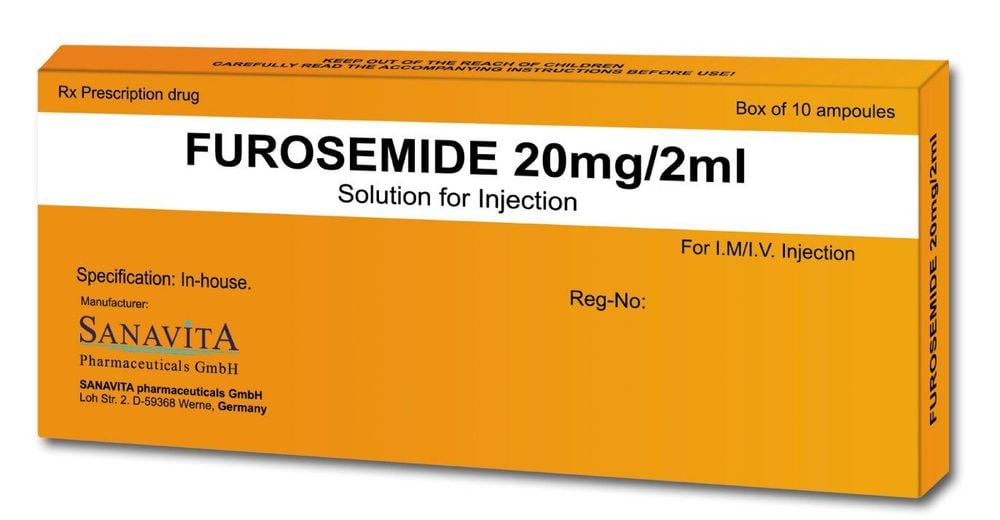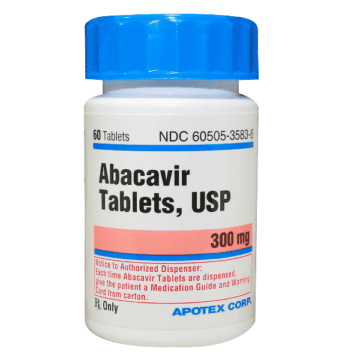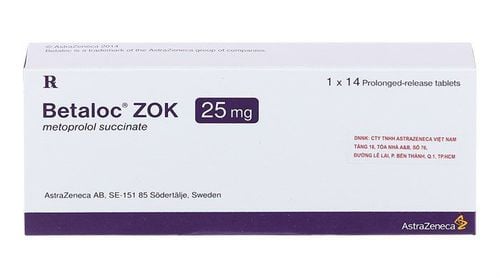This is an automatically translated article.
There are a number of methods to help patients eliminate excess water and salt in the body, reducing edema complications; in which many doctors directed the treatment to use Furosemide. To get the most benefit, patients and their families need to understand what Furosemide does, and what to watch out for.
1. What is the effect of Furosemide?
For patients with heart failure, liver and kidney disease, edema has become common and has a significant impact on health. The cause of this complication is an excess of water stored in the body. Therefore, Furosemide is often prescribed as a diuretic, eliminating water and salt for patients.
Besides, Furosemide can relieve symptoms such as shortness of breath and swelling in the hands, feet and abdomen; and is used to treat high blood pressure. When high blood pressure is reduced, it helps prevent strokes, heart attacks and kidney problems.
2. Use Furosemide correctly.
Patients need to use Furosemide exactly as prescribed by the doctor and carefully read the instructions before use. The drug is contraindicated in people with hypersensitivity to any of the ingredients.
Depending on health status, age and ability to respond to treatment, each person will be prescribed a different dose. For children, the dose is usually based on weight. Elderly patients are advised to start at a lower dose to minimize the risk of side effects. Furosemide can be taken before or after a meal, but it is best to avoid taking it within 4 hours of bedtime to avoid having to wake up to urinate.

Thuốc Furosemide cần được sử dụng theo đúng chỉ định của bác sĩ
Furosemide should be taken regularly for maximum effectiveness. To avoid missed doses, patients should take their medicine at fixed times of the day and continue taking it even if they feel well. For people with high blood pressure, because the use of Furosemide is to maintain a stable state of health, you will almost not feel too much of a difference. Therefore, the drug is only allowed to stop when prescribed by a doctor.
Sucralfate, Cholestyramine and Colestipol may decrease the absorption of furosemide. So if you are taking any of these medicines, consult your doctor and separate the time of each dose from Furosemide by at least 2 hours.
3. Furosemide side effects.
Not all Furosemide users experience side effects. You should contact a reputable medical center immediately if you experience one of the following symptoms:
Dizziness, lightheadedness, headache or blurred vision may occur as the body begins to adapt to the medicine. To reduce the risk of dizziness and lightheadedness, get up slowly, from a sitting or lying position. Muscle cramps, weakness, unusual tiredness, confusion, severe dizziness, fainting, drowsiness, unusually dry mouth/thirst, nausea, vomiting, fast/irregular heartbeat. Signs of kidney problems (such as change in the amount of urine), numbness/tingling/pain/redness/swelling of arms/legs, hearing changes (such as ringing in the ears, hearing loss/ temporary or permanent deafness), stomach/abdominal pain, yellowing eyes/skin Although allergic reactions are rare, you should talk to your doctor if you experience a rash, itching/swelling (especially of the face/ tongue/throat), severe dizziness, trouble breathing.
4. Notes when using Furosemide
Furosemide may make you dizzy or have reduced vision; especially when using the same stimulant as alcohol or marijuana. So do not drive, use machines, or do anything that requires alertness or clear vision; Limit alcoholic beverages.
You need to talk to your doctor about all the products you are using (including prescription drugs, over-the-counter medicines and herbal products).
Premature babies (premature babies) and children may be more sensitive to some of the side effects of this medicine, such as kidney stones. If you are pregnant or breast-feeding, Furosemide should be used only when clearly needed. Therefore, it is advisable to carefully discuss the risks and benefits with your doctor.
This medicine may interfere with certain laboratory tests (such as thyroid hormone levels), possibly causing false test results. Therefore, make sure that laboratory staff and doctors know you are using Furosemide.

Chế độ ăn uống dinh dưỡng giúp thuốc Furosemide tăng hiệu quả
An active lifestyle that can help Furosemide work better includes exercising, stopping smoking, reducing stress and changing your diet.
Laboratory or medical tests (eg, renal biomarkers, blood mineral levels such as potassium) should be performed periodically to monitor your response or check for side effects. In addition, blood pressure checks should also be performed regularly while taking this medicine.
5. Drug interactions
Drug interactions can change the way furosemide works or increase your risk of serious side effects. Since this document does not cover all possible drug interactions, be sure to talk to your doctor about all medications you are taking. Do not start, stop, or change the dose of any medication on your own without your doctor's approval.
Some drugs that can interact with furosemide include: desmopressin, ethacrynic acid, lithium; cough and cold products, diet aids, or NSAIDs such as ibuprofen/naproxen).
Please dial HOTLINE for more information or register for an appointment HERE. Download MyVinmec app to make appointments faster and to manage your bookings easily.
Reference source: webmd.com













